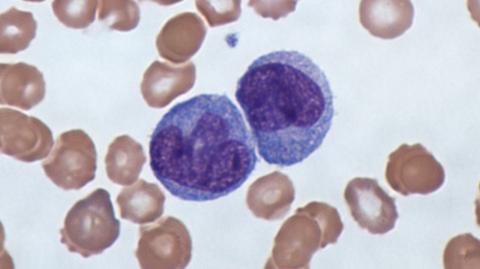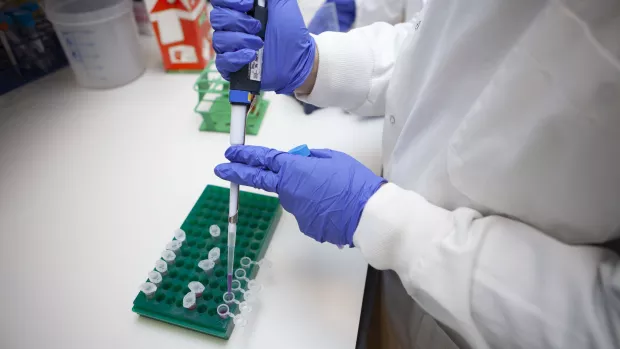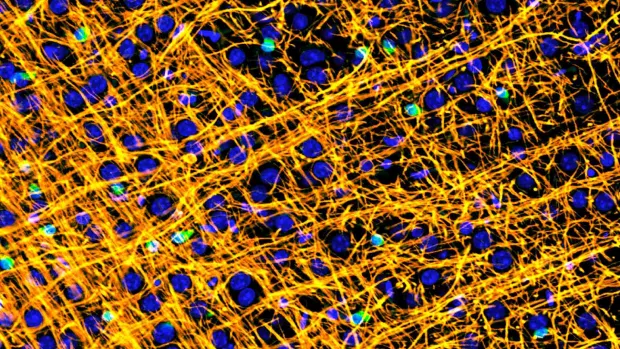The role of different immune cells in myelin repair

- Lead researcher:
- Dr Veronique Miron
- Based at:
- University of Edinburgh
- MS Society funding:
- £176,629
- Status:
- Complete
About the project
In MS, the protective myelin coating around our nerve fibres is damaged. This disrupts the messages in our brain and leads to the symptoms associated with MS. Our bodies are able to repair myelin in the early, relapsing phase of MS. But this often fails as the condition progresses, resulting in an accumulation of disability.
Using mice, Dr Miron and her team have discovered that immune cells called monocytes, which are normally found in the bloodstream, are able to move into the central nervous system and could be involved in myelin repair. The ratio of different subtypes of monocytes is different in people with MS, and also changes when people take treatments. But we don’t fully understand the role that each type of monocyte plays in myelin repair.
In this project, researchers aim to find out which subtypes of monocyte are present during myelin repair in mice, and work out what role they play in myelin repair.
How will it help people with MS?
Understanding more about the different cells involved in myelin repair will help researchers develop new therapies that target these cells. It is hoped that this study could eventually lead to a new myelin repair treatment for people with MS.
The difference you can make
To stop MS, we need to be able to repair the myelin that is damaged in MS. By supporting research like this, you can help bring us closer to our goal of stopping MS.




